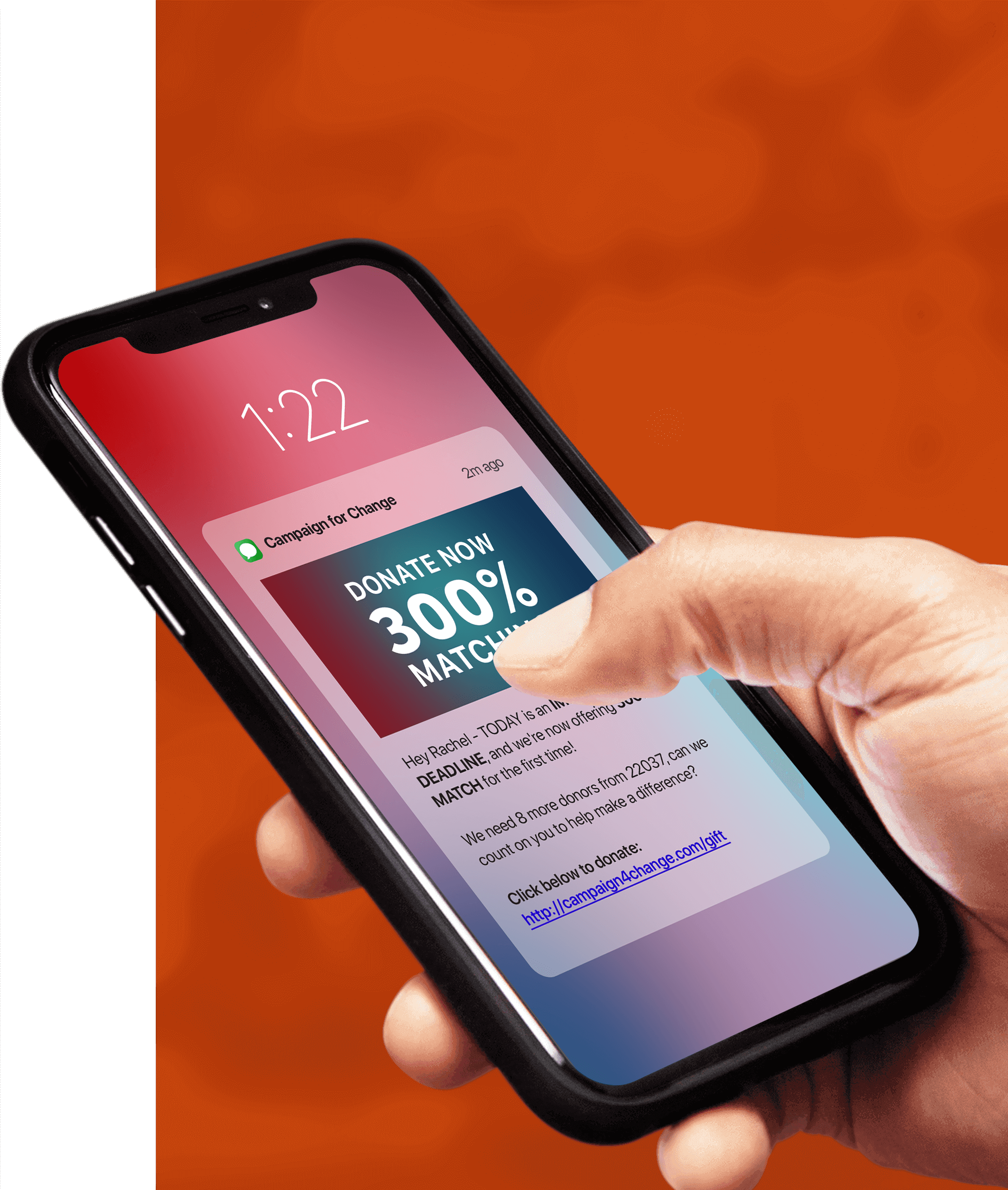Introduction: TikTok Ban? Keep evolving and telling your stories.
In recent years, TikTok use has skyrocketed. TikTok, a short-form video platform, is now used by a third of U.S.adults for both news and entertainment. In fact, over half of US adults, (52%), get their news from TikTok. The TikTok ban has been a big source of news coverage over the past several weeks. As we write this, who knows where this will end up. But, nonprofits should be prepared. And, more importantly, let this be a reminder to continually find ways to creatively tell your story. This potential ban could impact nonprofits. In this post, we will highlight ways nonprofits can thrive, even if a TikTok ban is introduced.
Relying on One Channel Can Be Risky for Nonprofits
Nonprofits are dependent on consistent engagement and donor supporters. If your nonprofit is solely relying on TikTok you’re missing out on important constituent communications. Not all your audience engages on a single communications platform. Different audience demographics often use specific platforms. For example, Instagram is popular with millennials while TikTok is popular with GenZ.
With the ever-changing social media algorithms, reaching your organization’s audience regularly can be difficult. It’s important to remember that TikTok isn’t the only channel that could face a ban as regulations and sudden changes in policy could restrict usage or access. The key to success is to be prepared for any changes like bans or algorithms by utilizing an omnichannel approach to nonprofit fundraising and marketing.
The Power of Multichannel Communications
With the potential TikTok ban, many other platforms are gaining traction as new users flock to download alternate applications. One such communications platform is texting (also called SMS). Texting is a fantastic communication channel because it allows you to engage participants directly-on their phones.
Why is OmniChannel Marketing Important for Nonprofits?
Nonprofits need the right tools and innovative communications channels as part of their omnichannel fundraising strategy. Using a multi-channel approach highlights the strength of each platform, creates resilience across all platforms for your communications, enhances reach, and increases adaptability for your organization.
Using an omnichannel strategy would allow your nonprofit to:
- Reach donors, volunteers, and event attendees at a moment’s notice with updates, text-to-give appeals, and more
- Develop an authentic one-on-one communication experience to strengthen your supporter relationships
- Raise a record number of small-dollar donations before an important deadline hits
- Turn one-time donors into recurring supporters and establish a sustainable donation pipeline
- Innovate and integrate with platforms your organization is already using.
The Role of Each Channel
You already know your audience interacts with your organization on different platforms. Whether it be email, Instagram, TikTok, or direct mail, engaging your supporters in an ever-evolving digital landscape requires your organization to use multiple communication channels.
Let’s take a look at the role of each channel in an omnichannel approach to nonprofit fundraising:
- TikTok: Great for creating energy, engaging younger audiences, and amplifying awareness.
- SMS/Texting: Your tool for cultivating long-term supporter relationships, direct fundraising asks, deadline-driven campaigns, and urgent updates.
- Email: Share long-form stories and information, build trust, educate, and keep donors engaged consistently.
- Direct Mail: A tangible way to connect with supporters and potential donors
- Instagram and Facebook: Reach a large audience, share stories visually, and build community around your cause.
The Impact of Storytelling
Sharing your message and story everywhere is key to a resilient and robust communications and fundraising strategy. Different platforms require different messages to different audiences. For example, TikTok would need short-form videos and younger audiences, whereas an email could provide both a longer video and a lengthy written story with links to your website, engaging supporters of all ages. On the other hand, Instagram and Facebook, where Millennials are, can share videos, compelling graphics, and images and even go live in key moments.
Remember, each platform must reflect consistent messaging. ProTip: Save time and resources by repurposing content across channels. For example, a quote from an email would make a great graphic on Instagram. Alternatively, you could pull a short video clip from a longer YouTube video and post it on TikTok, Instagram, and Facebook, increasing your awareness and reach across multiple platforms. A key point from an email would make an engaging text message, especially if it includes a link back to a blog post on your mobile-responsive site.
Lessons from TikTok’s Uncertainty
While social media platforms aren’t going away, they are quickly changing and evolving. The TikTok ban and lingering uncertainty highlights the need for a holistic omnichannel approach to nonprofit marketing and fundraising.
Here are a few lessons to remember:
- Use the potential TikTok ban as a reminder to diversify and not over-rely on any one channel.
- Leverage data to decide the best use cases for each channel in your strategy.
- Engage your audience directly where they are, repurposing content from one channel to another.
Wrapping Up
A multichannel approach to fundraising and engagement is key to nonprofit success. Nonprofits should evaluate their current communications strategy and integrate additional platforms, such as texting, to ensure they are ready for any platform shifts.
For more information about how texting could work for your organization, contact Tatango today.

